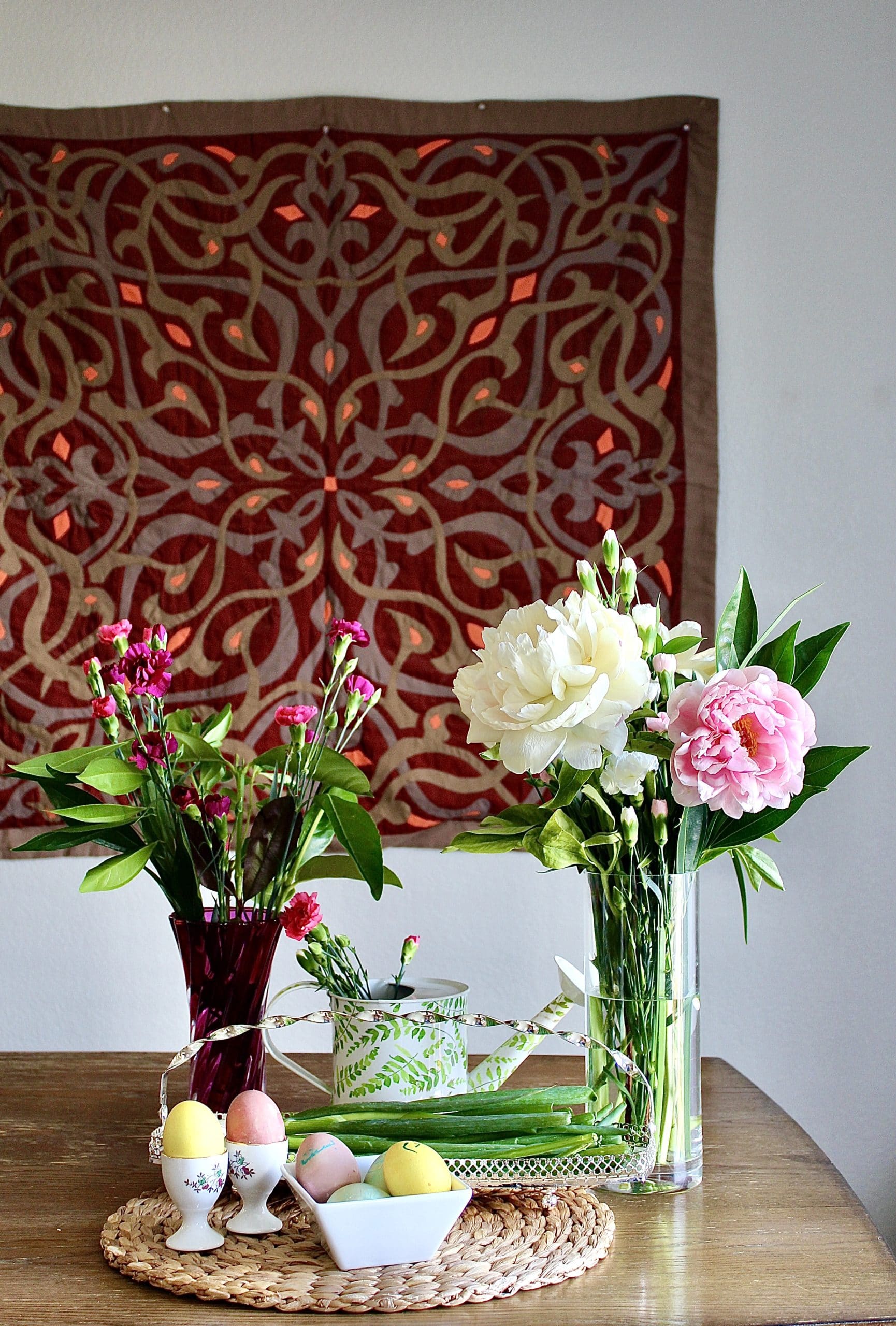The Ancient Egyptian Spring Festival of Sham Al Naseem
Today, as Denver gets soaked in spring rain, some of our kindergarten students are learning about the ancient Egyptian festival Sham Al Naseem — thanks to DWS parent Bassant Mahran and DWS Kindergarten Teacher Kristina van’t Veer. With gratitude for a community rich in cultural diversity, we hope you enjoy the following description of this celebration written by Bassant.
Sham Al Naseem, which literally means “smelling the breeze,” is an ancient Egyptian spring festival celebrating the renewal of life and hope. The original festival name Shamo means “renewal of life” in ancient Egyptian language, and it is believed to be the first city festival ever celebrated. It dates back roughly 5,000 years, and came to be during the 3rd dynasty of the old kingdom in Heliopolis (“City of the Sun”).
 Ancient Egyptians considered spring an essential time and the beginning of creation; the weather warms, the flowers bloom, and all the trees turn green again. Although the day of Sham Al Naseem was not fixed each year, it was announced at the Great Pyramids the night before the festival was to take place.
Ancient Egyptians considered spring an essential time and the beginning of creation; the weather warms, the flowers bloom, and all the trees turn green again. Although the day of Sham Al Naseem was not fixed each year, it was announced at the Great Pyramids the night before the festival was to take place.
Later, when Christianity entered Egypt, the dates coincided with Easter celebrations, and Sham Al Naseem began taking place the Monday after the Orthodox Easter. This is still so today, and marks when painting eggs became part of Easter celebrations.
As a child, I remember waking up early on this morning to perfect spring weather. Fresh flowers surrounded our house, and we would start the day painting eggs and writing our names on them. As the morning turned to day, outdoor concerts and shows were held, families picnicked in the parks or took boat rides on the river Nile, and beachgoers who lived in the northern parts of Egypt dotted the coastline.
Another big part of the celebration is food: colored hard-boiled eggs, salted and smoked fish, green onions, and lettuce — each with a symbolic meaning:
Eggs — Symbolize the beginning of creation. Ancient Egyptians painted eggs and wrote their wishes and prayers on them and hung them on trees and temples the night before the festival. The next day, they would break the eggs so all their wishes would come true and their lives would be renewed.
Fish — Symbolize life development, goodness, and welfare.
Green Onions — To drive out evil spirits.
Lettuce — Symbolize hope and the beginning of spring.
To this day, Egyptians celebrate Sham Al Naseem in nearly the same way their ancestors used to celebrate it.

